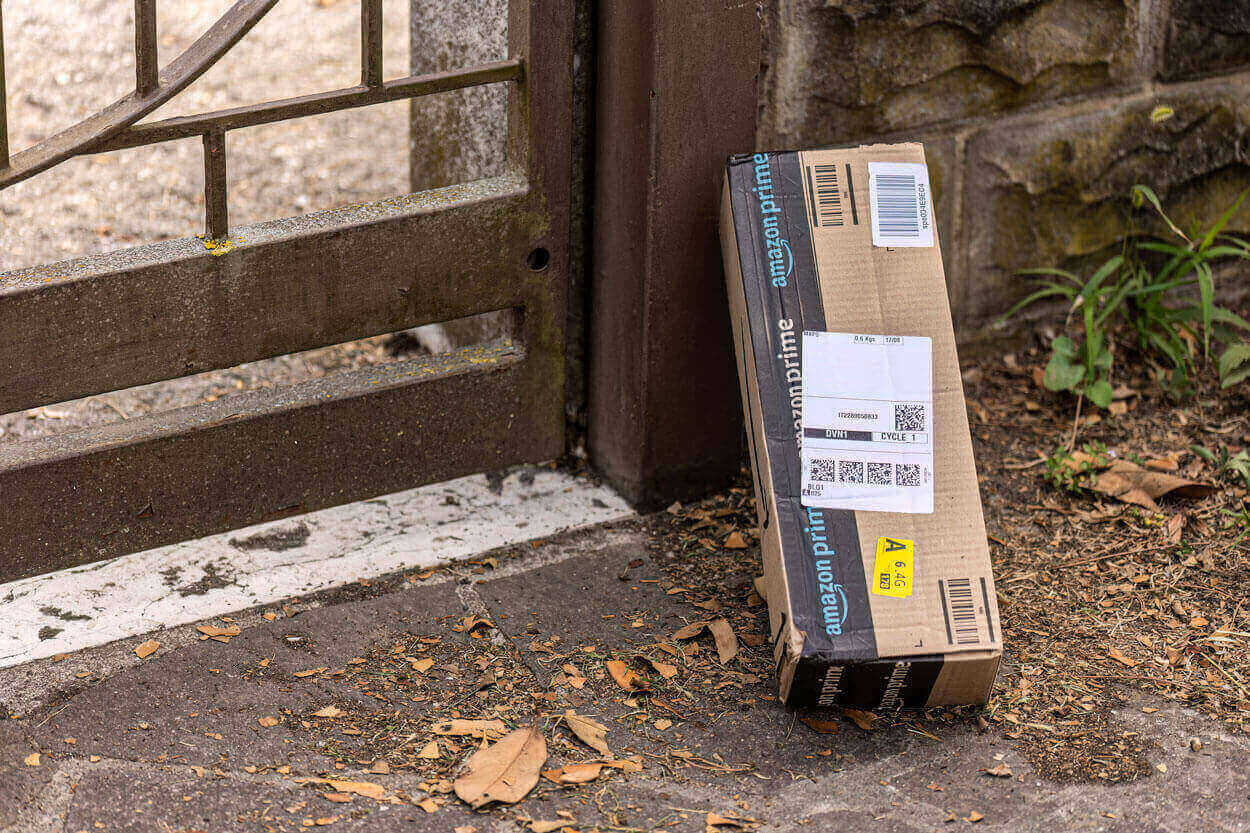Dealing With Amazon FBA Returns & Minimizing Loss

The Amazon FBA program provides sellers with unparalleled access to one of the world's largest online marketplaces. However, along with the myriad benefits of using FBA, sellers also need to grapple with the challenge of FBA returns. Returns are an inevitable part of e-commerce, but with the right strategies in place, sellers can mitigate losses and ensure a seamless experience for their customers.
The Landscape of FBA Returns
Amazon has built its reputation on a customer-centric model, offering buyers a straightforward and generous return policy. When sellers use the FBA program (fulfillment by Amazon), Amazon takes responsibility for handling customer service inquiries and processing returns. While this takes some burden off the seller's shoulders, it also means that the seller has to be vigilant about understanding and monitoring the FBA returns process.
The reasons for returns can vary widely, from damaged items to buyer's remorse. However, the overarching theme is that Amazon aims to keep its customers satisfied, often at the expense of the seller.
Why Monitoring FBA Returns is Crucial
FBA returns can have a significant impact on a seller's bottom line. When a customer returns a product, not only does the seller lose the sale, but they also incur fees associated with return processing. Moreover, returned products are sometimes rendered unsellable, leading to further losses.
Keeping a close eye on your FBA returns allows you to identify potential issues with your products. For instance, a spike in returns due to damages could indicate a problem with your packaging, while frequent returns due to dissatisfaction might point to a discrepancy between your product listing and the actual product.
Strategies to Reduce FBA Return Rates
To minimize the impact of FBA returns, sellers can employ several proactive measures:
- Optimize Product Listings: Ensure that your product listings are accurate, with clear and high-quality photos, detailed descriptions, and accurate specifications. This reduces the chances of customers feeling misled by the product information.
- Improve Packaging: Effective packaging can prevent damage during transit, reducing the number of returns due to broken or malfunctioning products. It's worth investing in sturdy packaging materials and ensuring products are securely packed.
- Engage With Customers: If a customer is considering a return due to confusion or a minor issue, reaching out to offer assistance or a partial refund can sometimes prevent the return. Regularly review customer feedback to address any common concerns or misconceptions about your product.
Handling Unsellable Returned Products
Even with the best precautions, some FBA returns will result in products deemed unsellable by Amazon. When this happens, sellers have a few options:
- Removal: Sellers can request Amazon to return the unsellable products to them. This option allows sellers to inspect the product, potentially refurbish it, and resell it on another platform or through a different channel.
- Disposal: Amazon can dispose of unsellable items on the seller's behalf. While this is a final measure, it can sometimes be more cost-effective than having items returned, especially if the cost of refurbishing exceeds the potential resale value.
Navigating the challenges of FBA returns requires a blend of proactive strategies and responsive actions. By optimizing product listings, enhancing packaging, and actively engaging with customers, sellers can significantly reduce return rates. Moreover, having a plan for handling unsellable returned products can further mitigate potential losses.
